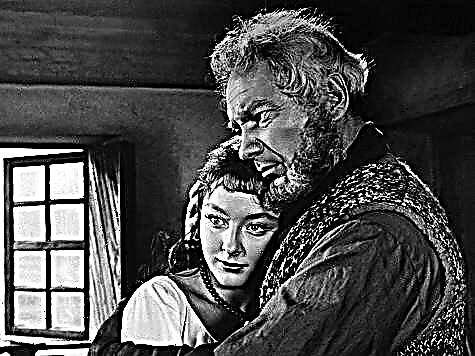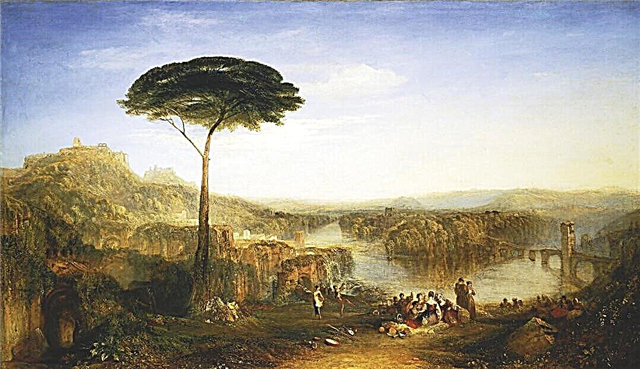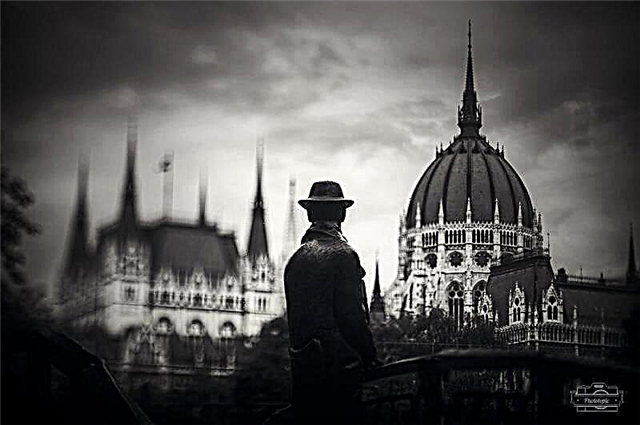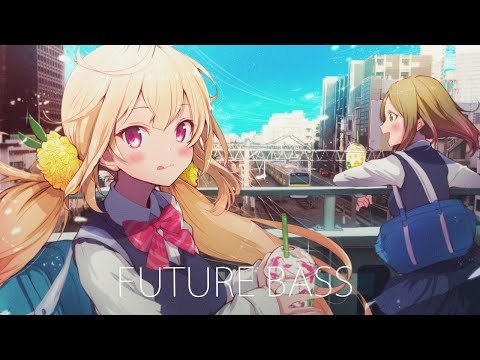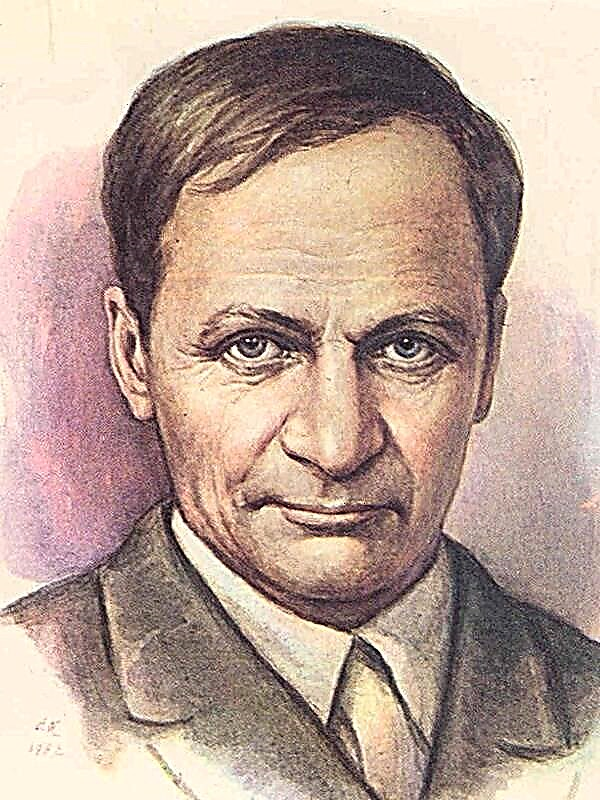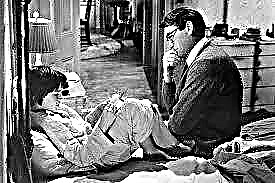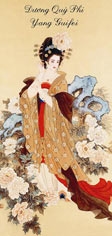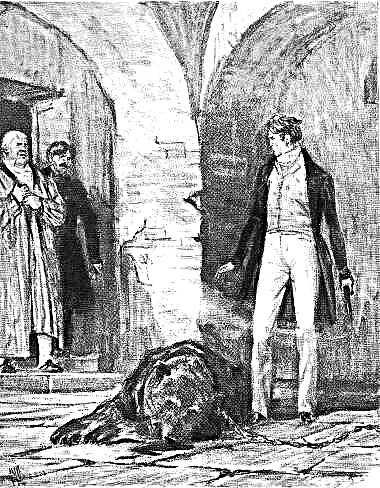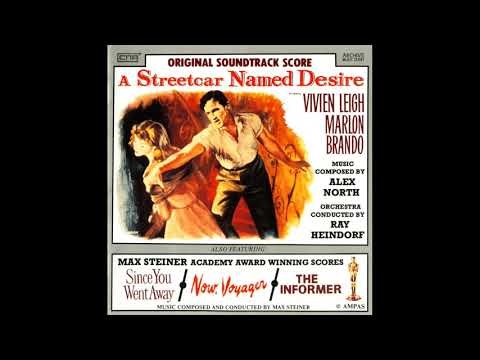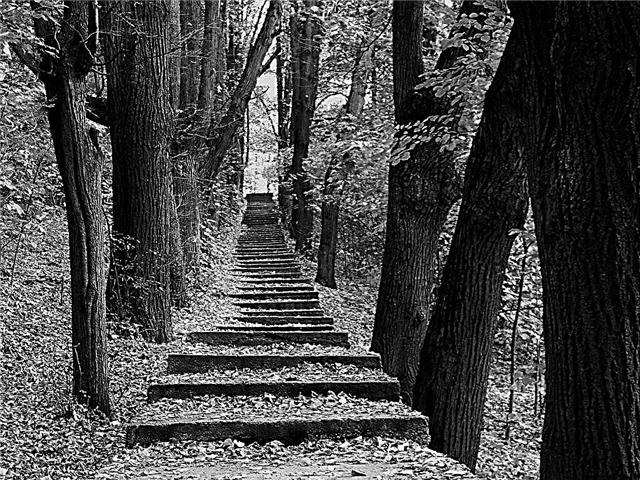Many domestic writers were able to win our hearts, penetrate our souls. But no one expressed the high patriotic feelings of our people like Fedor Ivanovich Tyutchev. Like no one else, he could convey all the beauty of our immense homeland, its movement and variability through written lines. One of these works is devoted to this analysis.
History of creation
This poem was written by a poet in 1836 and falls on the second period, which is characterized by a synthesis of 18th century odic poetry and European romanticism. It was then that in the works of Fyodor Ivanovich his own original style began to be seen. Then one of the main themes of all his works is formed - love of nature.
Spring for Tyutchev is not just another season in a year-round cycle. She acts as a messenger of change: the birth of a new life, replacing the old, the rebirth of nature after a long and murderous winter. It is not surprising that the poet devotes many poems to this topic: “Spring Waters”, “Spring Thunderstorm”, “Spring” and “Winter”.
Genre, direction and size
From the very first lines to the end of the work, we see before us the pictures of the struggle between Winter and Spring, the beauty of one and the hostility of the other. Even the name, after reading which we immediately present a certain picture, hints at the landscape orientation of the lyrics.
Although the poem is written in a simple, even primitive language, the scenes presented in it and a description of the fateful battle of the two seasons refer us to the ode genre, dedicated to a seemingly insignificant topic.
The work is written in four-foot iamba using cross-rhyming. This, as well as the use of male and female, accurate and inaccurate rhymes, gives Tyutchev’s work a solemn appearance and ease of reading.
Images and Symbols
The main characters of the poem are two opposing elements - Winter and Spring. These images accompany us throughout the poem. It is not in vain that the poet writes them in capital letters, giving the characters individuality, liveliness and instilling in them a human soul.
The author himself observes the battle - a lyrical hero. He does not interfere in the centuries-old struggle, preferring to take the place of the viewer, and allow time to decide the outcome of the battle. But, of course, like any person, he has his own preferences, which he gives to Spring - the beginning of a new, flourishing future.
Themes and mood
The main theme permeating the entire poem is the natural struggle of the Winter and Spring, the death of the first and the accession of the second. The inevitable loss does not scare Winter, it continues to fight: retreating and delivering insidious blows to a young rival: "And, capturing the snow, let it go, running away ...". But this does not frighten the bold and relentless Spring, which, proudly withstanding all the blows, adamantly moves towards its goal, in the end, defeating the offender.
It would seem that such a tragic scene would be saturated with sorrow, sadness and heavy philosophical thoughts. But instead, the work is dominated by a raised and joyful mood, the faith of the lyrical hero in the victory of Spring Beauty.
Main idea
Behind such, at first glance, simple pictures of the battle of the two elements, shown to us, lies a deep and philosophical main idea - the confrontation of the old and the new, older people and young men. The future wins in it, and this is natural, natural.
Such deep reflections prompt a definite sense of such changes taking place everywhere: the inevitability of local and world progress, discarding all that is unnecessary and forgotten and bringing something fresh and better.
Means of artistic expression
Compositionally, the poem is built on a ring principle: starting with the description of the arrival of the long-awaited Spring, "Spring is knocking on the window ...", and ending with its incredible victory over the enemy and the coming of the blossoming kingdom.
The work also abounds with many paths. The personification (“Winter is angry for a reason ...” and “Spring is knocking on the window ...”) used by the author enlivens the heroes, equating them to people, which leads readers to joy when the young heroine defeats her rival.
A comparison of Spring with the “beautiful child” and Winter with the “wicked witch” pushes the reader to reveal the main idea, showing the virgin beauty of the new and its advantages in comparison with the old, obsolete past.
Alliteration helps to create the atmosphere necessary for the author: anxiety by repeating the sound “h”, bird chirping thanks to the sounds “n”, “z” and laughter through “x”, “u”, “w”.

